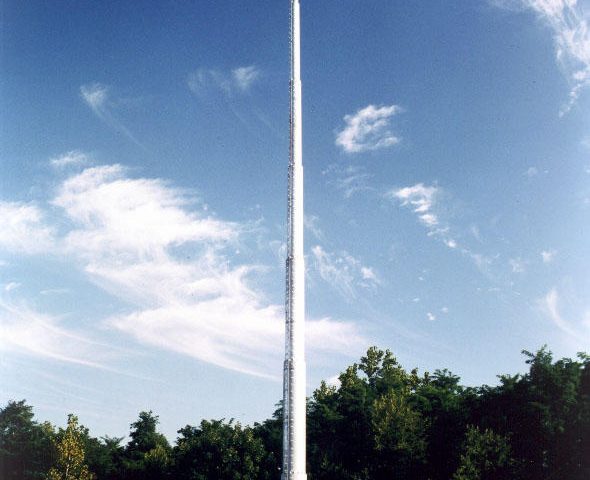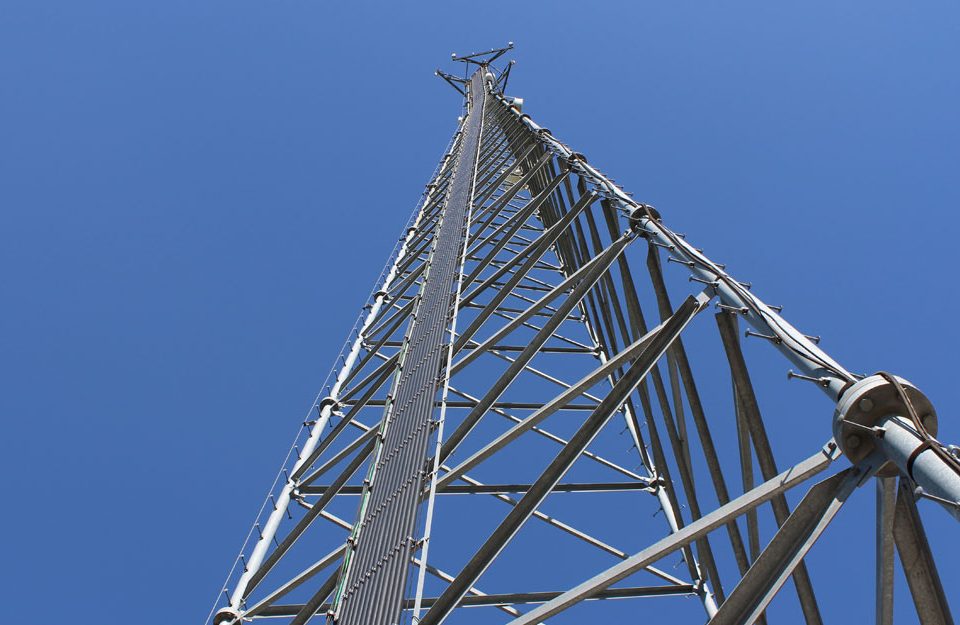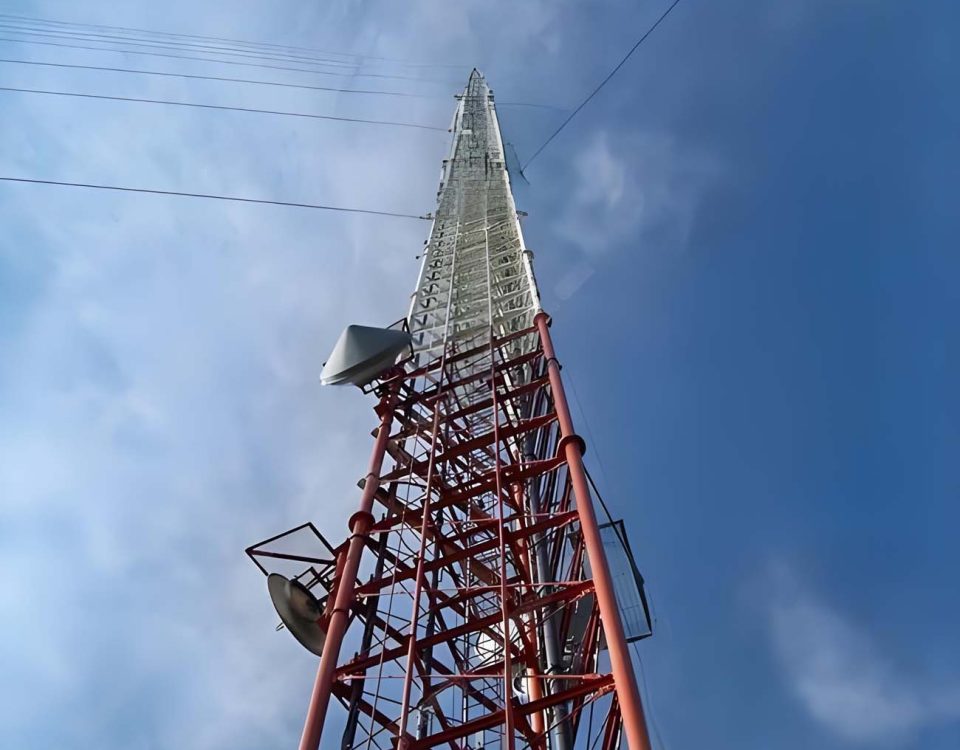
monopole communication tower VS microwave towers
February 15, 2019
Self Supporting Hot Dip Galvanized Angel Steel Communication Tower
February 24, 2019Monopole Communication Tower Design and Analysis Solution
Pole/Monopole
Monopole Tower is a kind of tower that consists of one stem or one pole anchored to the ground. According to its cross-section, Monopole Tower is divided in to two types :
- Cilcular-pole is a kind of monopole having a cross section/panel diameter similar from bottom to top.
- Tapered-pole is a kind of monopole having a varied cross-section diameter size that when the used diameter is more up will be smaller.
Monopole Towers are used for a variety of communication applications and are ideal for use when zoning is difficult. They are the least intrusive and easiest communication towers to erect making them one of the most popular tower types in the wireless communication industry. Monopoles can also be designed as concealment poles: pine poles, flag poles, palm poles and other stealth towers. Many uses include cellular monopoles, wireless internet monopoles, homeland security monopoles, two-way monopoles, and wind tower monopoles.
These poles can be custom-designed for a variety of single or multi-user configurations and in a wide variety of finishes to meet local aesthetic and zoning requirements.
Each shaft section is a constant-tapered hollow steel section up to 53 feet in length.
Slip joints are designed with a minimum of 1-1/2 times the pole diameter at the splice.
Flanged joint designs available.
Pole shafts are fabricated from low-alloy, high-strength steel.
All poles are hot-dipped galvanized after fabrication per ASTM A-123.
Foundation designs are included per customer-furnished soils report.
A formal stress analysis and drawing package is provided for building permit submissions.
Telecommunication towers are tall structures installed at a specific height usually designedfor supporting parabolic antennas. The structure engineer faces the challenging job of designing and constructing telecommunication towers to support all loads in open weather with high degree of reliability.
Structural Features
Monopoles are polygonal sectioned and hot dip galvanized hollow steel structures with consequent body sections either slip jointed or bolted. These are single self supporting or free standing pole and are most commonly used in cellular and personal communication service applications. They are typically constructed of different diameter steel sections either cylindrical or multi sided in shape. The individual sections are bolted or welded together with the largest diameter sections at the base and each successive section is smaller in diameter. The base costs include the tower, erection, concrete footings, painting, lighting, platforms and overhead.
Telecommunication towers are tall structures usually designed for supporting parabolic antennas installed at a specific height. The telecommunication industry plays a great role in
human societies and thus much more attention is now being paid to telecommunication towers than it was in the past. The direction and height of tower along with the antennas mounted on it is completely governed by the functional requirements. As telecommunication towers are the only means of enhancing both the coverage area and network reliability, more and more telecommunications towers are installed nowadays. The structure engineer faces the challenging job of designing and constructing telecommunication towers to support all loads
in open weather with high degree of reliability.










